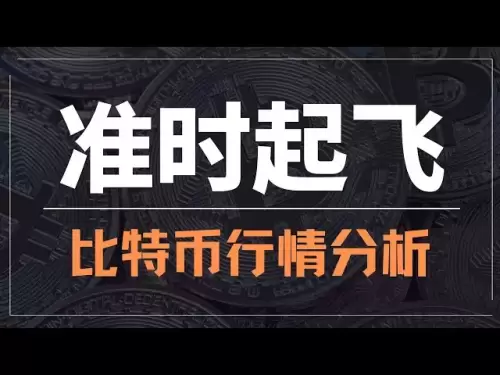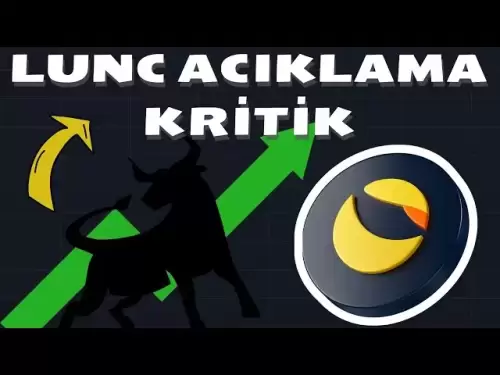-
 Bitcoin
Bitcoin $115700
0.65% -
 Ethereum
Ethereum $3785
3.93% -
 XRP
XRP $3.033
1.78% -
 Tether USDt
Tether USDt $1.000
0.04% -
 BNB
BNB $770.7
0.50% -
 Solana
Solana $168.4
0.56% -
 USDC
USDC $1.000
0.02% -
 TRON
TRON $0.3403
1.83% -
 Dogecoin
Dogecoin $0.2113
3.84% -
 Cardano
Cardano $0.7539
2.34% -
 Hyperliquid
Hyperliquid $38.84
1.28% -
 Sui
Sui $3.700
6.88% -
 Stellar
Stellar $0.4069
2.56% -
 Chainlink
Chainlink $17.80
6.93% -
 Bitcoin Cash
Bitcoin Cash $573.5
0.73% -
 Hedera
Hedera $0.2478
1.24% -
 Ethena USDe
Ethena USDe $1.001
0.00% -
 Avalanche
Avalanche $22.42
1.58% -
 Litecoin
Litecoin $120.6
2.58% -
 UNUS SED LEO
UNUS SED LEO $8.962
-0.29% -
 Toncoin
Toncoin $3.296
2.09% -
 Shiba Inu
Shiba Inu $0.00001251
1.77% -
 Uniswap
Uniswap $9.982
3.75% -
 Polkadot
Polkadot $3.710
1.55% -
 Dai
Dai $1.000
0.00% -
 Bitget Token
Bitget Token $4.425
1.98% -
 Monero
Monero $265.2
-7.14% -
 Cronos
Cronos $0.1472
2.44% -
 Pepe
Pepe $0.00001073
2.66% -
 Aave
Aave $270.9
4.17%
How much is the Coinbase contract fee
Coinbase's contract fees vary dynamically based on the gas consumed, network congestion, and priority fee adjustments, ensuring fair and efficient transaction processing on the Ethereum blockchain.
Nov 12, 2024 at 01:15 am
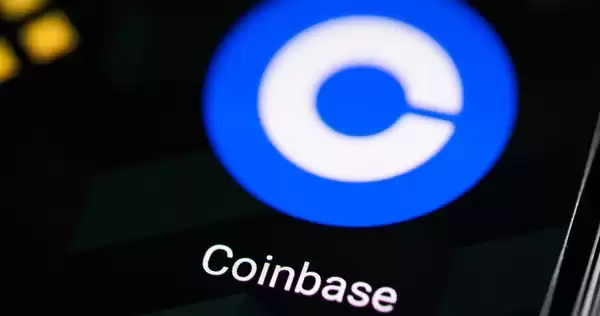
Coinbase Contract Fees: A Comprehensive Guide
1. Understanding Coinbase Contract Fees
Contract fees on Coinbase represent the transaction charges levied by the platform for executing smart contract interactions on the Ethereum blockchain. Unlike simple token transfers, smart contract executions involve more complex computations and require additional gas to facilitate the process. Coinbase acts as an intermediary between users and the Ethereum network, facilitating these transactions and charging a fee for its services.
The fee structure for Coinbase contract fees follows a tiered system based on the gas consumed during contract execution. The transaction fee comprises a base fee and a priority fee, with the latter varying dynamically based on network congestion. Users can adjust the priority fee to expedite transaction processing at the cost of a higher fee.
2. Factors Influencing Coinbase Contract Fees
Multiple factors influence the amount of Coinbase contract fees incurred:
- Gas Consumption: The fee is directly proportional to the gas consumed during contract execution. Complex contracts with numerous computations and data operations require more gas, leading to higher fees.
- Network Congestion: When the Ethereum network experiences high traffic, the demand for block space increases, resulting in higher priority fees to secure timely transaction processing.
- Priority Fee: Users can manually adjust the priority fee to prioritize their transactions. A higher priority fee increases the likelihood of faster processing at the expense of a greater fee.
- Contract Complexity: Contracts with intricate logic, multiple functions, and data manipulation incur higher gas consumption and, consequently, higher fees.
3. Estimating Coinbase Contract Fees
To estimate the Coinbase contract fee for a given transaction, follow these steps:
- Determine Gas Consumption: Estimate the gas required by the smart contract using a gas estimator tool such as https://ethgasstation.info/. Consider the contract's complexity, functions called, and data processed.
- Check Network Congestion: Monitor the current network congestion using a gas tracker such as https://etherscan.io/gastracker. High congestion implies higher priority fees.
- Adjust Priority Fee: Set an appropriate priority fee based on the desired transaction processing time. Higher priority fees expedite processing.
- Calculate Base Fee: Refer to the current base fee provided by https://etherscan.io/gastracker. The base fee is a fixed amount not influenced by the user.
- Estimate Fee: Multiply the estimated gas consumption by the sum of the base fee and priority fee to determine the approximate Coinbase contract fee.
4. Mitigating Coinbase Contract Fees
Several strategies can be employed to mitigate Coinbase contract fees:
- Optimize Contract Code: Design contracts efficiently to minimize gas consumption by reducing unnecessary loops, minimizing data manipulation, and optimizing function calls.
- Monitor Network Congestion: Schedule contract executions during off-peak hours when network congestion is lower, leading to reduced priority fees.
- Consider Alternative Chains: Explore alternative blockchain platforms with lower gas fees for smart contract executions, such as Polygon or Binance Smart Chain.
- Use Gas Optimization Tools: Utilize tools like https://gastoken.io/ to identify areas within the contract that contribute to high gas consumption and optimize accordingly.
- Batch Transactions: Group multiple contract executions into a single transaction whenever possible, reducing the overall fee compared to individual transactions.
5. Transparent Fee Structure
Coinbase maintains a transparent fee structure for contract fees, ensuring that users are fully informed about the charges incurred before executing transactions. The platform clearly displays the base fee, priority fee, and estimated total fee for each transaction, allowing users to make informed decisions.
6. Alternative Platforms
For users seeking lower contract fees, alternative platforms like MetaMask or Gnosis Safe offer direct interaction with the Ethereum network, potentially reducing the overall fees by eliminating the Coinbase intermediary. However, these platforms require a greater level of technical expertise and may not be suitable for all users.
7. Ongoing Development
Coinbase actively explores ways to optimize contract fee mechanisms and reduce the cost for users. The platform continuously monitors advancements in smart contract execution and gas optimization techniques to enhance efficiency and lower fees.
Disclaimer:info@kdj.com
The information provided is not trading advice. kdj.com does not assume any responsibility for any investments made based on the information provided in this article. Cryptocurrencies are highly volatile and it is highly recommended that you invest with caution after thorough research!
If you believe that the content used on this website infringes your copyright, please contact us immediately (info@kdj.com) and we will delete it promptly.
- Bitcoin's Wild Ride: Bollinger Bands, $117K, and What's Next?
- 2025-08-08 00:30:12
- Ripple, Rail, and Stablecoin Payments: A $200M Power Play
- 2025-08-07 22:50:12
- Punisher Coin Presale: The Next $Trump? Aiming for 100x Gains!
- 2025-08-07 22:50:12
- Riding the Crypto Wave: Presale Cryptos, Cold Wallets, and the BTC Bull Run
- 2025-08-07 23:10:12
- Crypto's Wild Ride: Punisher Coin, Popcat, and the Meme Coin Mania
- 2025-08-07 23:10:12
- Bitcoin Price, XRP Prediction, Cryptocurrency: Navigating the Wild West of Digital Assets
- 2025-08-07 23:15:12
Related knowledge
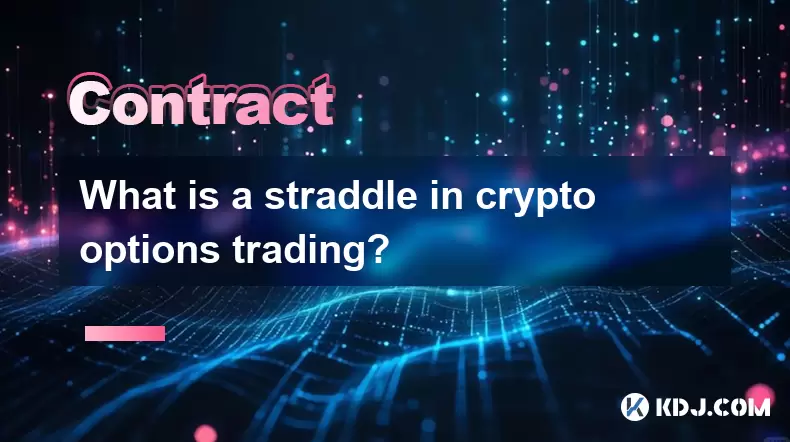
What is a straddle in crypto options trading?
Aug 07,2025 at 11:15pm
Understanding the Basics of a Straddle in Crypto OptionsA straddle is an options trading strategy used when a trader expects significant price movemen...
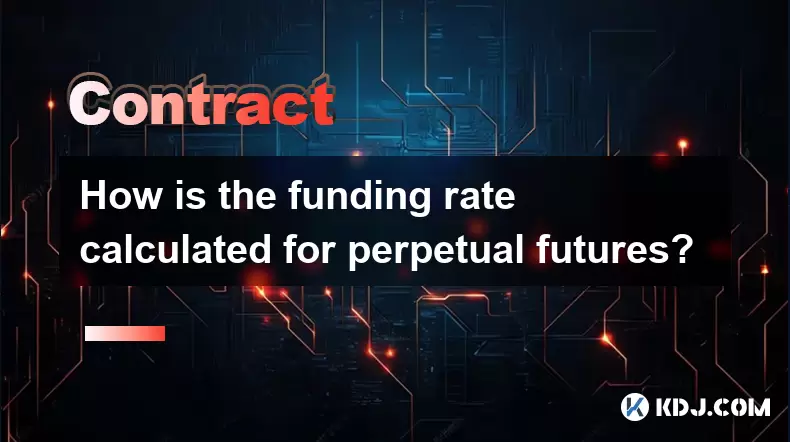
How is the funding rate calculated for perpetual futures?
Aug 07,2025 at 11:36pm
Understanding the Basics of Perpetual FuturesPerpetual futures are a type of derivative contract that does not have an expiration date, allowing trade...
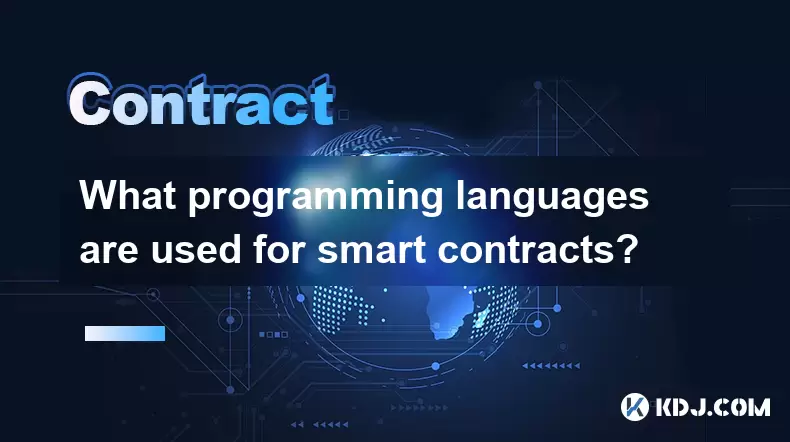
What programming languages are used for smart contracts?
Aug 07,2025 at 06:07pm
Understanding Smart Contracts and Their Execution EnvironmentSmart contracts are self-executing programs deployed on blockchain networks that automati...
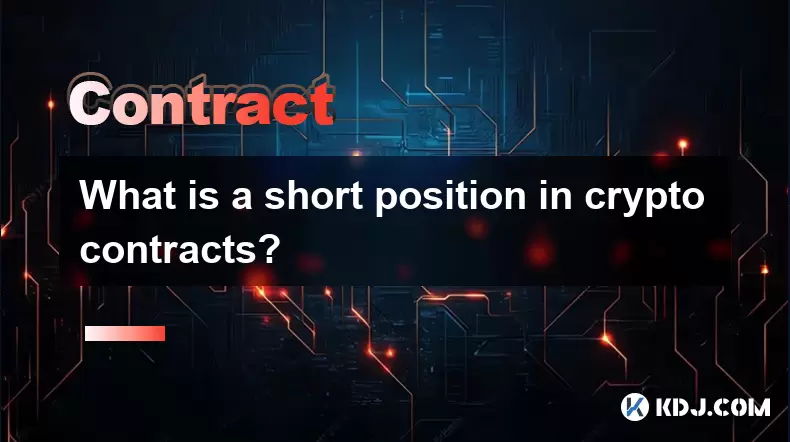
What is a short position in crypto contracts?
Aug 07,2025 at 11:42pm
Understanding the Concept of a Short Position in Crypto ContractsA short position in crypto contracts refers to a trading strategy where a trader prof...
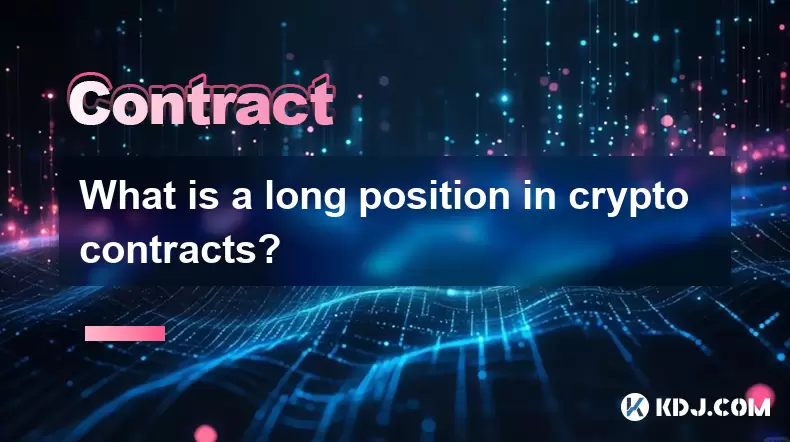
What is a long position in crypto contracts?
Aug 07,2025 at 06:29pm
Understanding the Concept of a Long Position in Crypto ContractsA long position in crypto contracts refers to a trading strategy where a trader buys a...

Why is my Bitstamp futures position being liquidated?
Jul 23,2025 at 11:08am
Understanding Futures Liquidation on BitstampFutures trading on Bitstamp involves borrowing funds to open leveraged positions, which amplifies both po...

What is a straddle in crypto options trading?
Aug 07,2025 at 11:15pm
Understanding the Basics of a Straddle in Crypto OptionsA straddle is an options trading strategy used when a trader expects significant price movemen...

How is the funding rate calculated for perpetual futures?
Aug 07,2025 at 11:36pm
Understanding the Basics of Perpetual FuturesPerpetual futures are a type of derivative contract that does not have an expiration date, allowing trade...

What programming languages are used for smart contracts?
Aug 07,2025 at 06:07pm
Understanding Smart Contracts and Their Execution EnvironmentSmart contracts are self-executing programs deployed on blockchain networks that automati...

What is a short position in crypto contracts?
Aug 07,2025 at 11:42pm
Understanding the Concept of a Short Position in Crypto ContractsA short position in crypto contracts refers to a trading strategy where a trader prof...

What is a long position in crypto contracts?
Aug 07,2025 at 06:29pm
Understanding the Concept of a Long Position in Crypto ContractsA long position in crypto contracts refers to a trading strategy where a trader buys a...

Why is my Bitstamp futures position being liquidated?
Jul 23,2025 at 11:08am
Understanding Futures Liquidation on BitstampFutures trading on Bitstamp involves borrowing funds to open leveraged positions, which amplifies both po...
See all articles





















